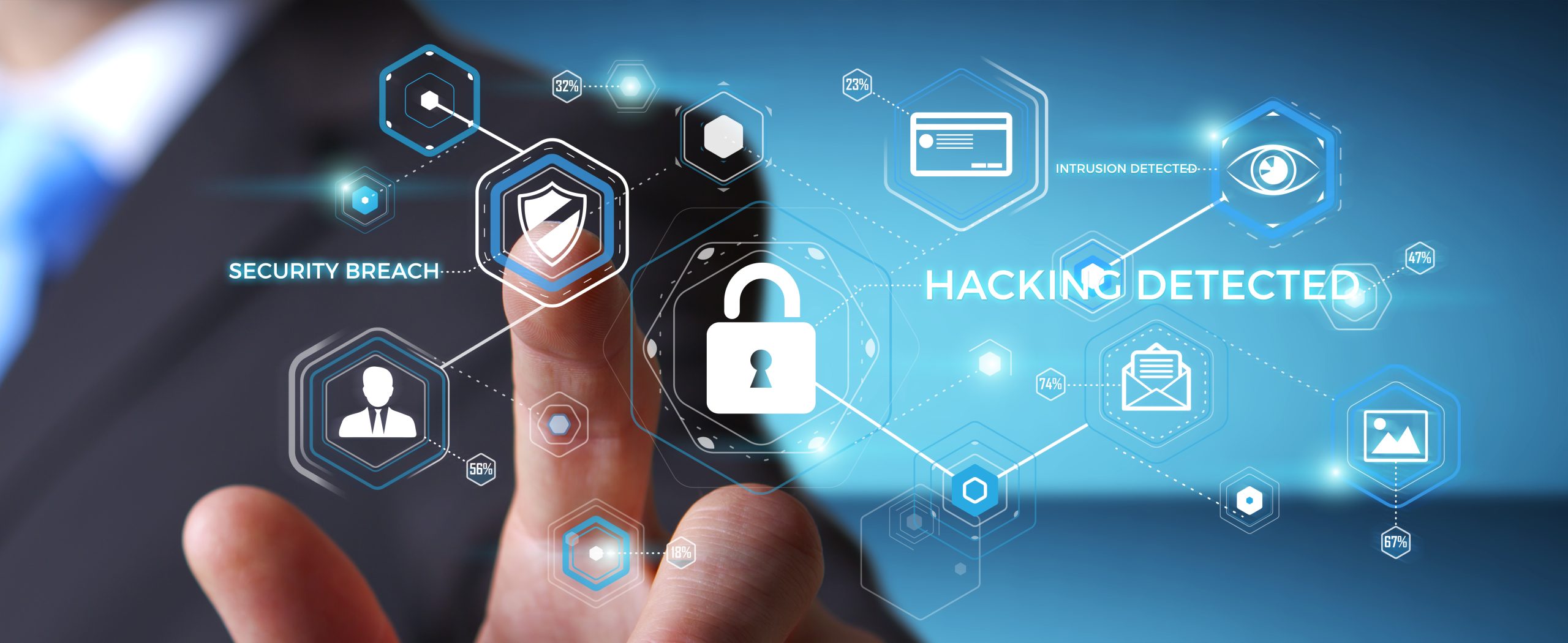The Future of Cybersecurity: Emerging Trends for 2024
As businesses continue to navigate a landscape increasingly dominated by digital interactions, the importance of robust cybersecurity measures has never been more apparent. With cyber threats evolving at an unprecedented pace, staying ahead requires vigilance and a proactive approach to security. As we look toward 2024, several emerging trends and technologies are set to redefine the cybersecurity landscape. Here’s what businesses need to know to safeguard their digital assets and operations.
1. AI and Machine Learning in Cyber Defense
Artificial Intelligence (AI) and Machine Learning (ML) are not new to the field of cybersecurity, but their applications continue to expand significantly. In 2024, these technologies will become even more critical in automating threat detection and response. AI systems can analyze vast quantities of data for anomalies that may indicate a breach and respond in real-time to mitigate threats. This rapid response is crucial in preventing the escalation of potential attacks.
2. Quantum Computing and Cryptography
As quantum computing advances, so does the potential for cracking existing cryptographic security measures. This looming threat is driving the development of quantum-resistant cryptography. Businesses will need to start adapting these new cryptographic methods to safeguard sensitive data against future quantum-enabled attacks.
3. Increased Focus on IoT Security
The Internet of Things (IoT) continues to expand, with more devices than ever connected to the internet. Each device represents a potential entry point for cyber attackers. In 2024, we’ll see a heightened focus on IoT security, with more robust standards and protocols to secure these devices effectively. Businesses will need to ensure that every connected device is compliant with these new security measures to prevent breaches.
4. Expansion of Zero Trust Architectures
The concept of “never trust, always verify” is at the heart of zero-trust architectures. As remote work remains prevalent and digital infrastructures become more complex, the principles of zero trust will become more integrated into cybersecurity strategies. This approach requires strict identity verification for every person and device trying to access resources on a private network, regardless of whether they are sitting within or outside of the network perimeter.
5. Regulation and Compliance Pressures Increase
As cybersecurity threats grow, so too do regulatory demands. In 2024, businesses can expect an increase in regulations aimed at improving national and global cybersecurity postures. Companies will need to stay agile and informed about these changes to ensure compliance and avoid penalties.
6. Enhanced Use of Behavioral Analytics
Behavioral analytics tools use data analysis to detect unusual behavior patterns that might indicate malicious activity. In 2024, these tools will become more refined, providing businesses with the ability to detect and respond to insider threats and targeted attacks more effectively.
7. Cybersecurity Mesh
A cybersecurity mesh is a flexible, modular architecture that integrates various security services. In 2024, the adoption of cybersecurity mesh will enable businesses to create a more integrated security approach that can dynamically respond to and protect against threats more comprehensively across disparate digital environments.
Conclusion
The future of cybersecurity is both challenging and exciting. With new threats on the horizon, businesses must embrace these emerging trends and technologies to protect their digital landscapes. At ParksideTech, we are committed to equipping our clients with the advanced tools and strategies needed to navigate these changes successfully. Contact us today to learn how we can help fortify your cybersecurity measures for 2024 and beyond.
For further information on how to protect your business, visit our cybersecurity hub: ParksideTech Cybersecurity Services.






